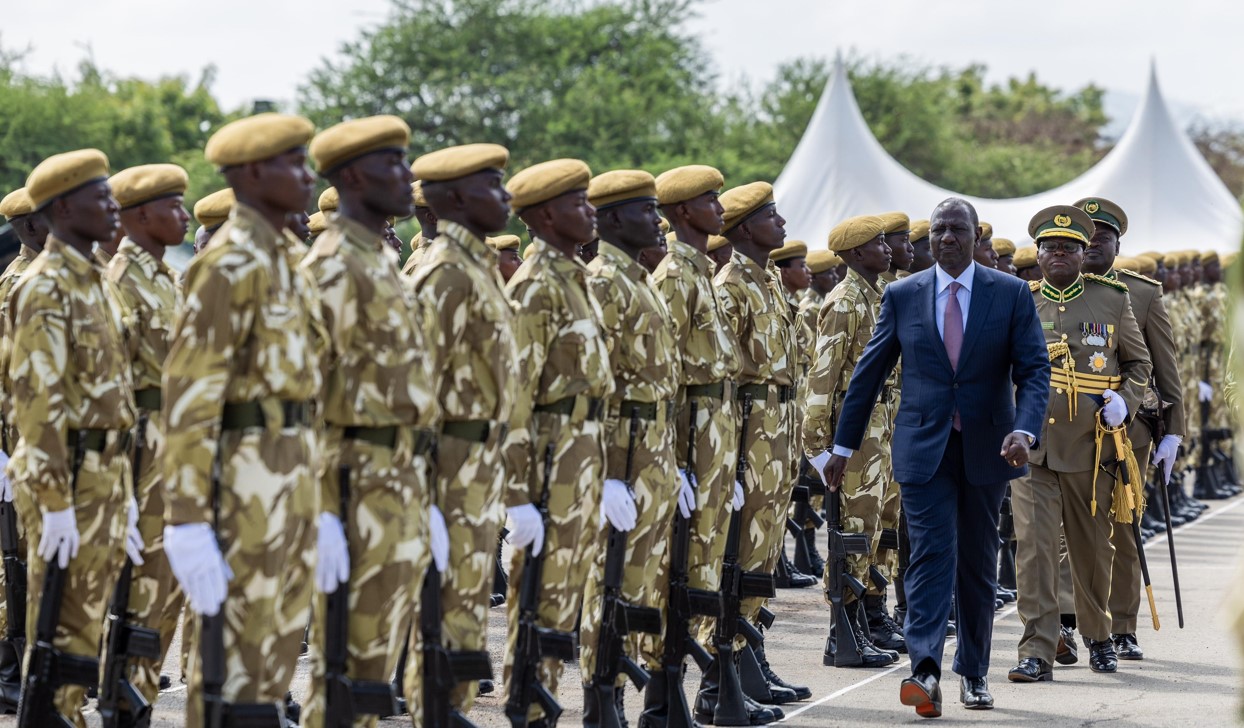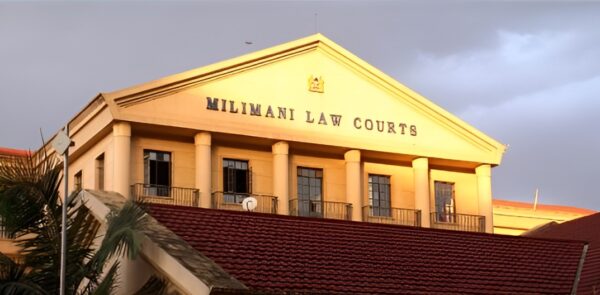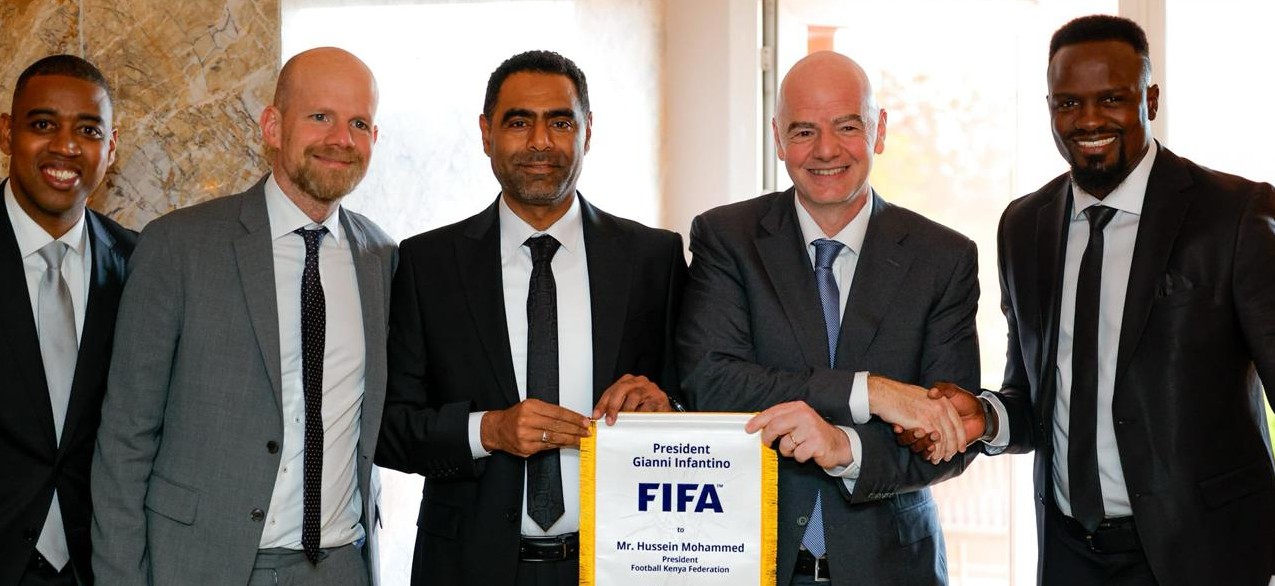Ruto hails community, private conservancies for transforming Kenya's wildlife economy

Key fencing projects in Laikipia and Taita Taveta counties are protecting both communities and wildlife.
At least 250 community and private conservancies under the Kenya Wildlife Conservancies Association have reclaimed critical land for wildlife conservation, countering challenges posed by climate change and land fragmentation.
President William Ruto on Tuesday noted that these conservancies are not only protecting wildlife but are also fostering human-wildlife coexistence and generating economic benefits for local communities.
More To Read
- Managing conflict between baboons and people: what’s worked - and what hasn’t
- Elephant numbers soar as rare species decline, wildlife census shows
- Elephant conservation pioneer Iain Douglas-Hamilton dies at 83 in Nairobi
- Wildlife traffickers arrested in Laikipia as police seize 18kg of elephant ivory worth Sh3.6 million
- Rescue mission launched to save Masai giraffes trapped by fences in Naivasha
- Lewa, KWS launch vulture tracking project to boost raptor conservation
"There is no longer any doubt that conservancies play a pivotal role in protecting wildlife, securing livelihoods, generating income, and enhancing human-wildlife coexistence," he said.
Speaking during a rangers' pass-out parade in Manyani, Taita Taveta County, the President stated that the conservancies have transformed Kenya's wildlife economy by integrating eco-tourism, carbon credits, and community-based projects.
In Samburu County, Kalama Conservancy generates nearly Sh1 billion annually through tourism revenue and jobs created by Saruni Lodge.
Serolipi Conservancy, home to northern Kenya's only community rhino sanctuary, attracts thousands of visitors, promoting economic growth while safeguarding endangered species.
In Taita Taveta County, Kambanga Ranch has harmonised livestock farming and conservation by implementing predator-proof bomas, reducing livestock losses and fostering coexistence.
Similarly, the Chyulu REDD+ Project in Chyulu National Park has created 450 jobs, provided daily school meals to 35,000 children, and awarded nearly 4,000 scholarships in Kajiado County since 2019.
Dynamic resource
"Wildlife conservation is not just about preservation; it is a dynamic resource that transforms lives, uplifts families, and strengthens communities," Ruto said.
The President said his administration has invested heavily in mitigating human-wildlife conflicts and addressing climate change impacts.
Initiatives include water projects to prevent wildlife dehydration during droughts, infrastructure support for community conservancies, and a nationwide fencing program.
Key fencing projects in Laikipia and Taita Taveta counties are protecting both communities and wildlife.
The government has also enhanced compensation for victims of human-wildlife conflicts, disbursing Sh1.1 billion in the 2024-2025 financial year.
To improve efficiency, Ruto said that a digital system now manages these funds, ensuring timely compensation for affected individuals.
Other Topics To Read
- Headlines
- National
- Wildlife
- Wildlife Conservation
- Human-wildlife conflict
- conservancies
- Chyulu National Park
- Kenya Wildlife Conservancies Association
- Wildlife Conservancies
- human-wildlife coexistence
- Serolipi Conservancy
- Kenya Wildlife Servic
- Ruto hails community
- private conservancies for transforming Kenya's wildlife economy
Kenya's anti-poaching efforts have yielded remarkable results.
The country achieved zero rhino poaching in 2020, marking a turning point in wildlife protection. Today, Kenya boasts Africa's third-largest rhino population (2,004) and the fourth-largest elephant population (37,000).
"These figures are not just statistics – they are a testament to hope, hard work, and collective action in safeguarding our natural heritage," Ruto remarked, commending the Kenya Wildlife Service (KWS) for its unwavering commitment.
The President also highlighted the Kenya Wildlife Service's progress in financial independence, noting that it now generates 87 per cent of its corporate budget through internal revenue.
He encouraged KWS to achieve full financial self-sustainability within two years and urged the agency to strengthen public-private partnerships to attract investments in infrastructure and tourism.
"Partnerships will be crucial on this journey," Ruto said, calling for innovative approaches to develop sustainable tourism products and enhance park capacity.
Top Stories Today













































